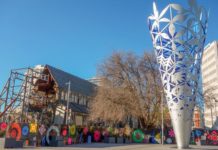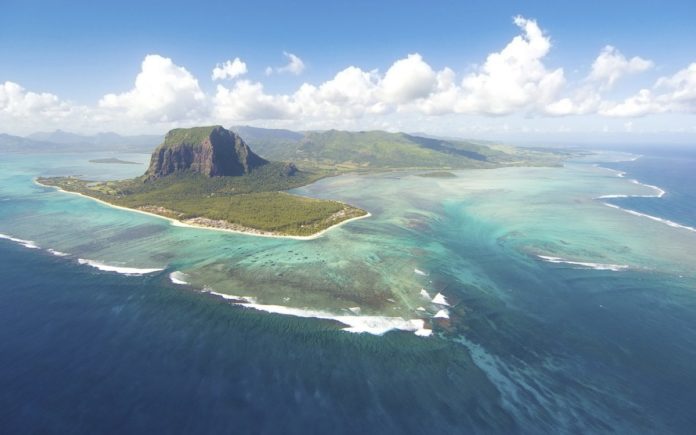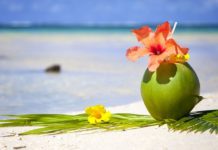Advertisement
Mark Twain wrote that Mauritius was used as a model for heaven. The archipelago in the Indian Ocean is also a holy centre of Hinduism, connected to the Ganges by the gods.
First, God created these islands in the Indian Ocean. And heaven was copied from Mauritius. So wrote Mark Twain, the great Southern writer with his unruly moustache and unique way with words. But the sentence isn’t his. He borrowed it from one of the people that he met during his travels and included it in his book ‘Following the Equator’. It referred to Mauritius Island, and it’s easy to understand why. When you walk along its white sands you realise that it has all the ingredients required for the recipe to create an idyllic destination: exotic beaches, crystal-clear water and warm temperatures all year round.
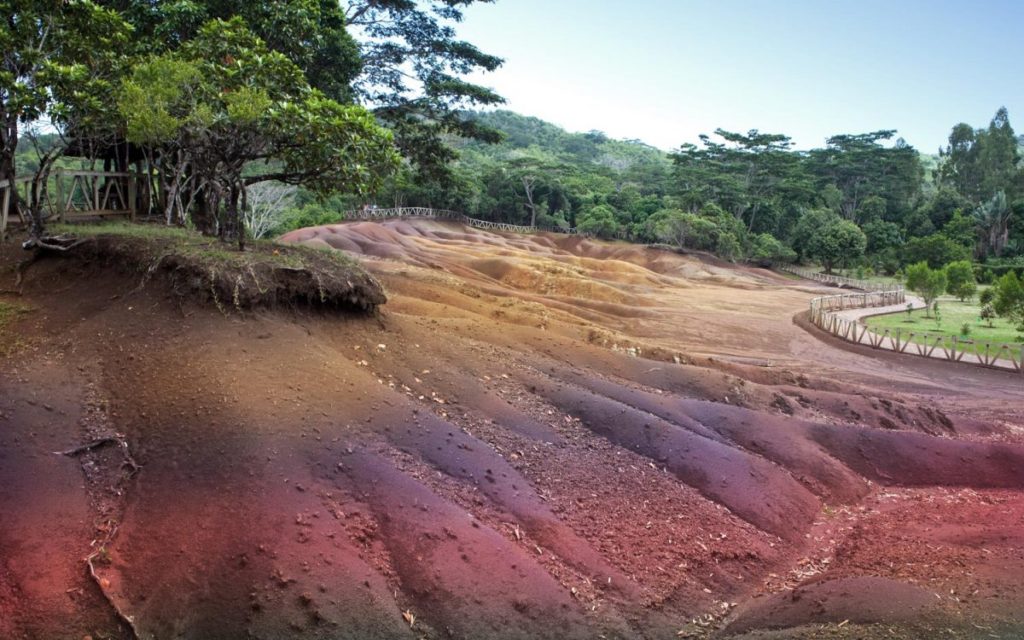
Mauritius is the main island of the archipelago, but Mauritius Island is made up of twenty islands that emerged from the sea millions of years ago due to underwater volcanic eruptions. The traces of this volcanic past are still visible in its landscapes. That’s the case in Trou aux Cerfs, in the city of Curepipe. There, an old volcanic crater has become occupied by the indigenous vegetation, making a perfect, completely green hole. The largest lake on the island, Grand Bassin, was also formed on top of a natural crater. But in addition to its wild beauty, what attracts people to its shores is that it’s a holy place for the Hindu religion. According to legend, the god Shiva connected the Ganges, the holy river of India, to the extinct crater. Numerous believers visit in order to leave colourful offerings on the statues and altars located around it.
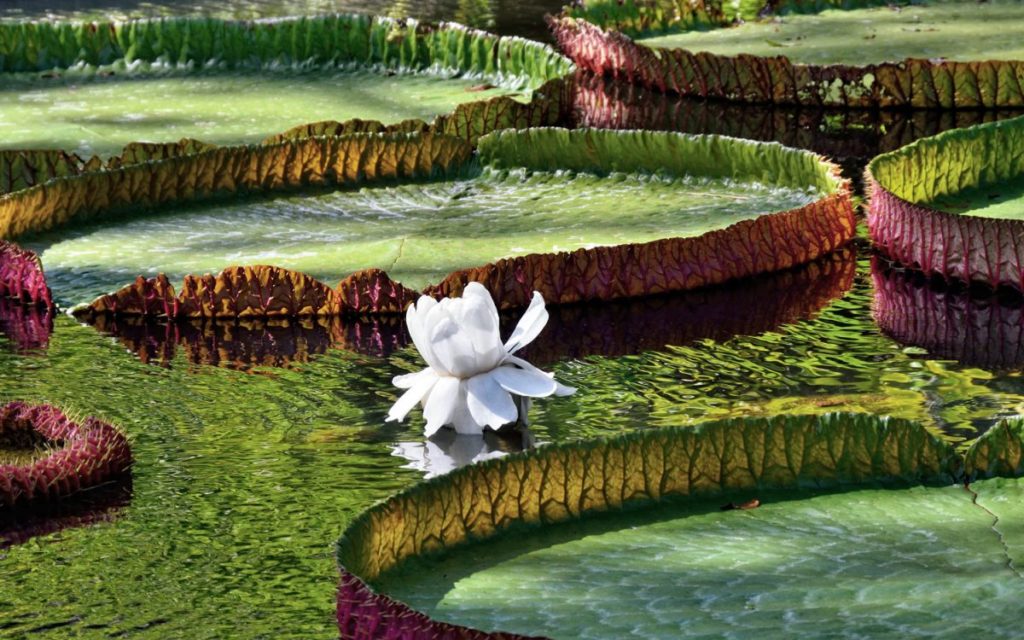
Hinduism is the main religion on Mauritius, although the diversity of cultures makes it impossible to determine an official religion. Mosques live side-by-side with Buddhist temples and statues of Shiva. European traditions have left their influence on its African essence and have led to a rich blend that can especially be seen in the Central Market in Port Louis. It may be a coincidence, but one of the main attractions of the island is the perfect metaphor for this cocktail of cultures and colours: The Seven Coloured Earths. This is a group of red, yellow, green, violet, blue dunes…a rainbow of sand that can be found in Chamarel, in the south of the island.
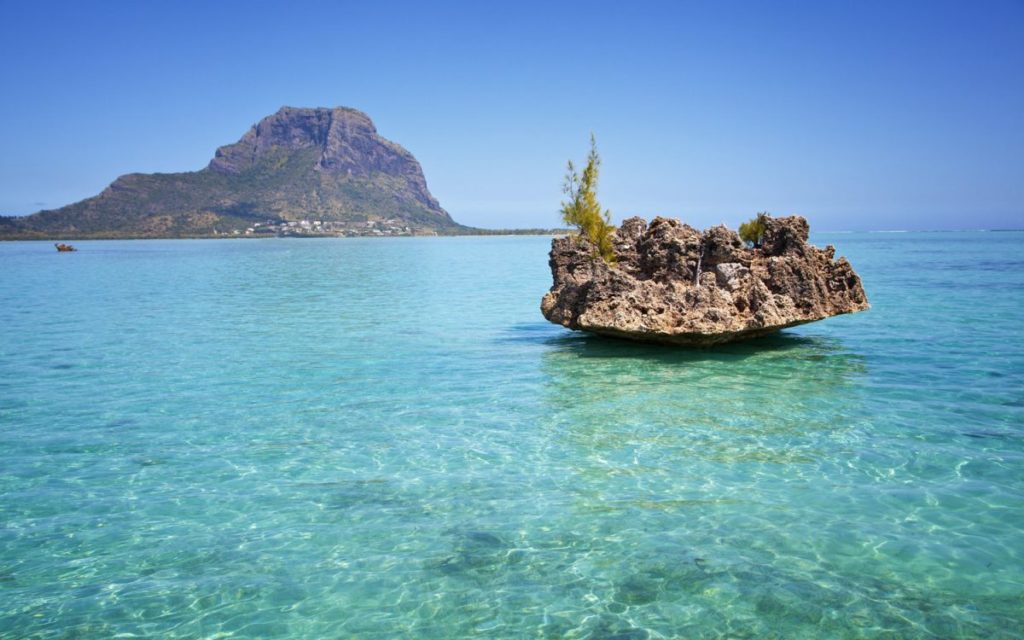
Another one of the most curious natural phenomena are the giant waterlilies in the Pamplemousses Gardens. However, if this particular paradise stands out for one thing, it’s for its beaches, with their peaceful waters and fine sand. Some of the best are Belle Mare, Ile aux Cerfs and Trou aux Biches, where the main hotels are located. On the Le Morne Peninsula, in the south-east of the island, you can find the strange phenomenon of the underwater waterfall, a mysterious ‘aquatic black hole’ that appears to be about to swallow everything that passes its way. In fact, it’s an optical illusion, but so beautiful that it’s well worth booking a helicopter flight to admire it better. Mark Twain couldn’t do that, nobody even told him!
Good to know:
The Dodo: the ‘stupid’ bird
We know of its existence from stories like ‘Alice in Wonderland’, but we have never been able to see one. This bird, that was famous for being clumsy, became extinct in the 17th century. It was a species endemic to the Mauritius Islands and its first scientific name was ‘Didus ineptus’.
Heavily populated but deserted
Mauritius Island is the most densely populated country in Africa. Most of the population lives in the capital, Port Louis. This allows visitors to enjoy the tranquillity of its beaches and not lose the feeling of being on a deserted island.




